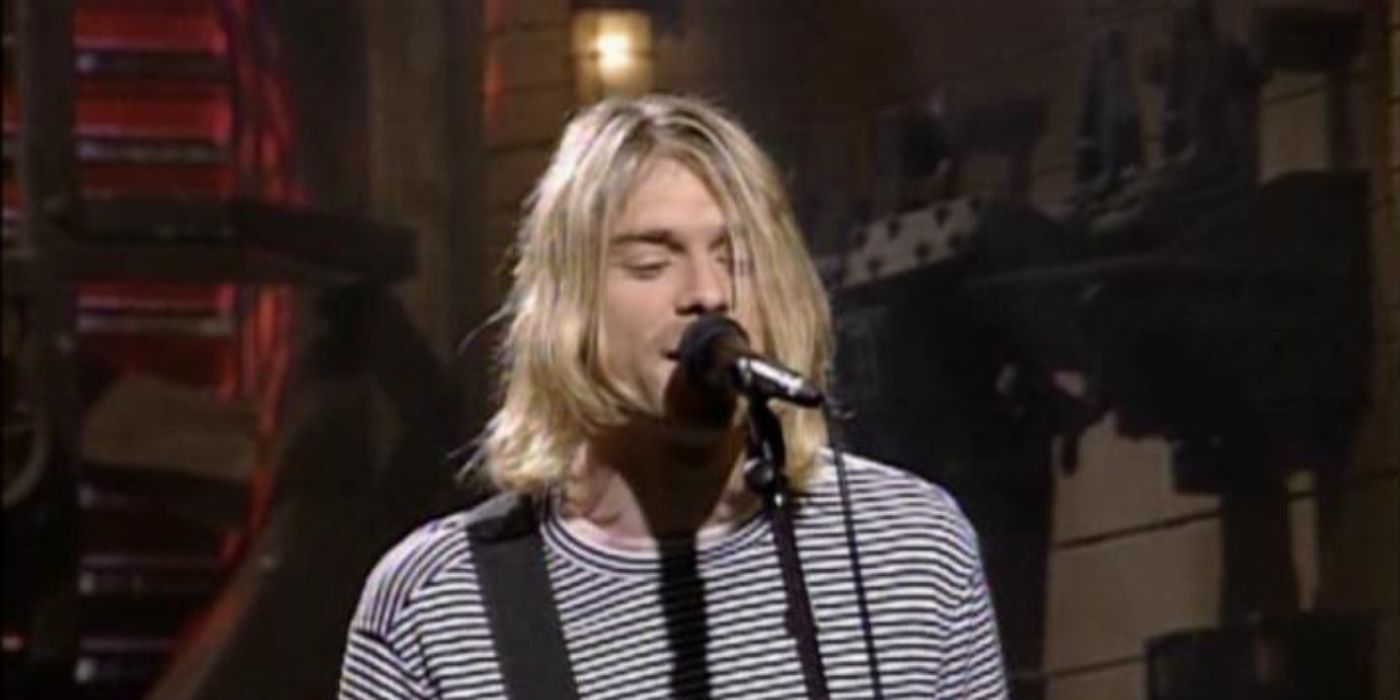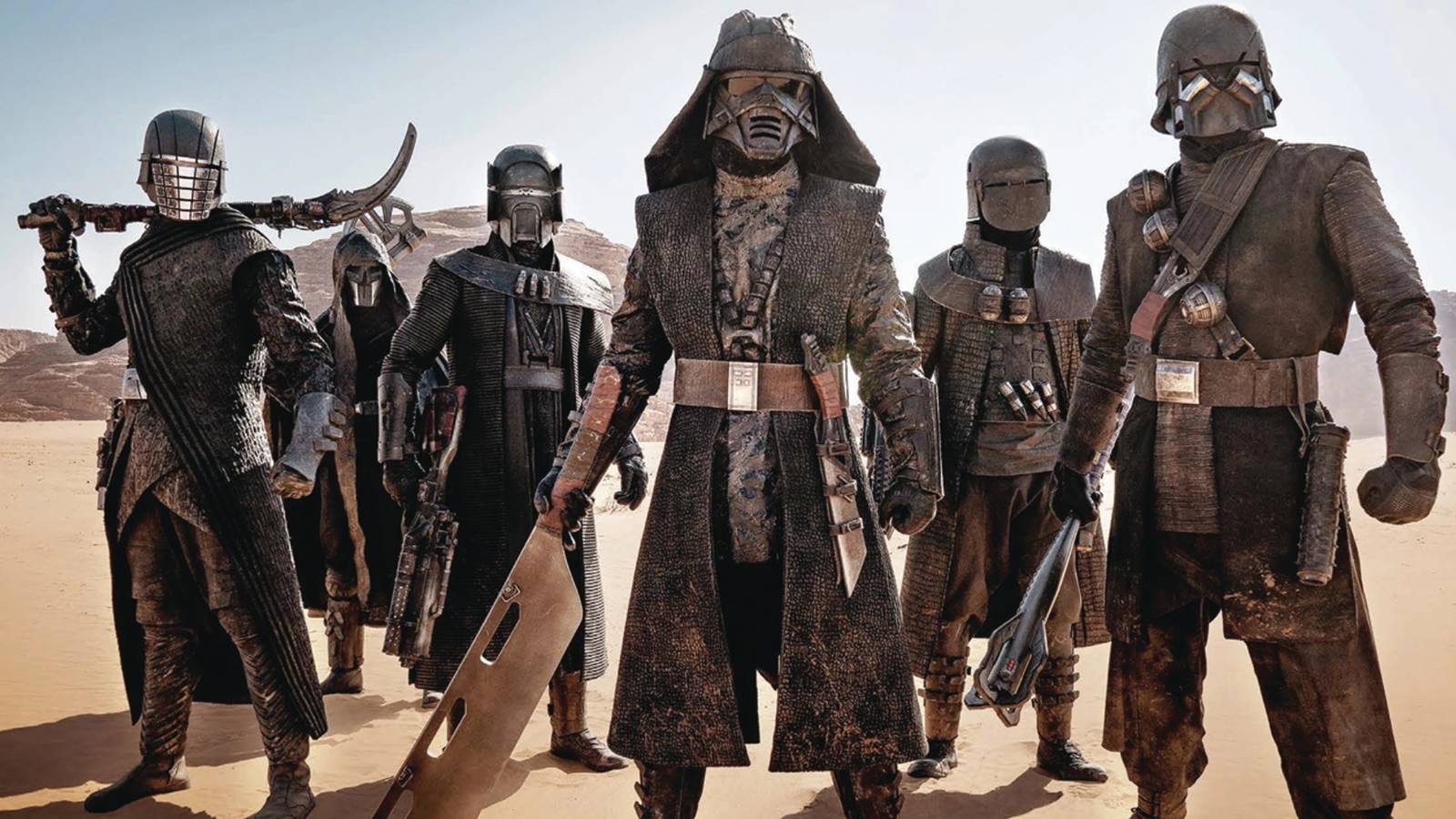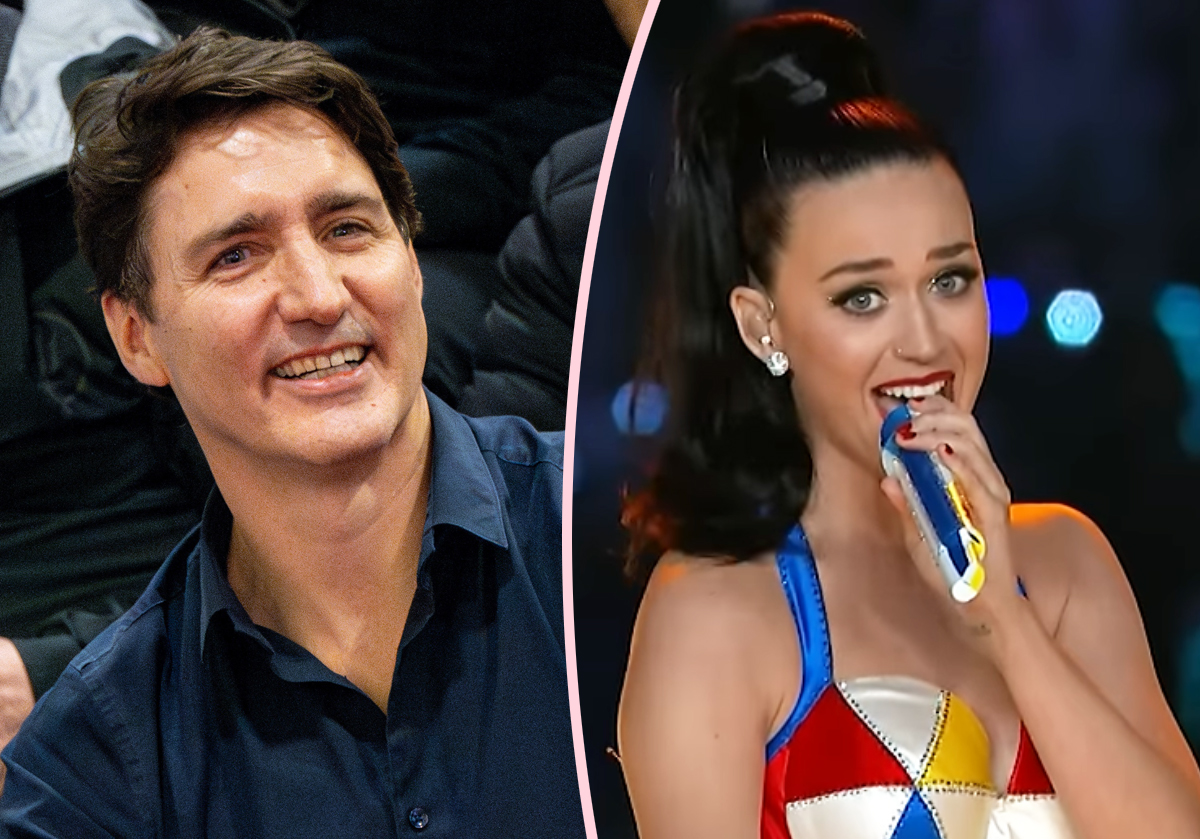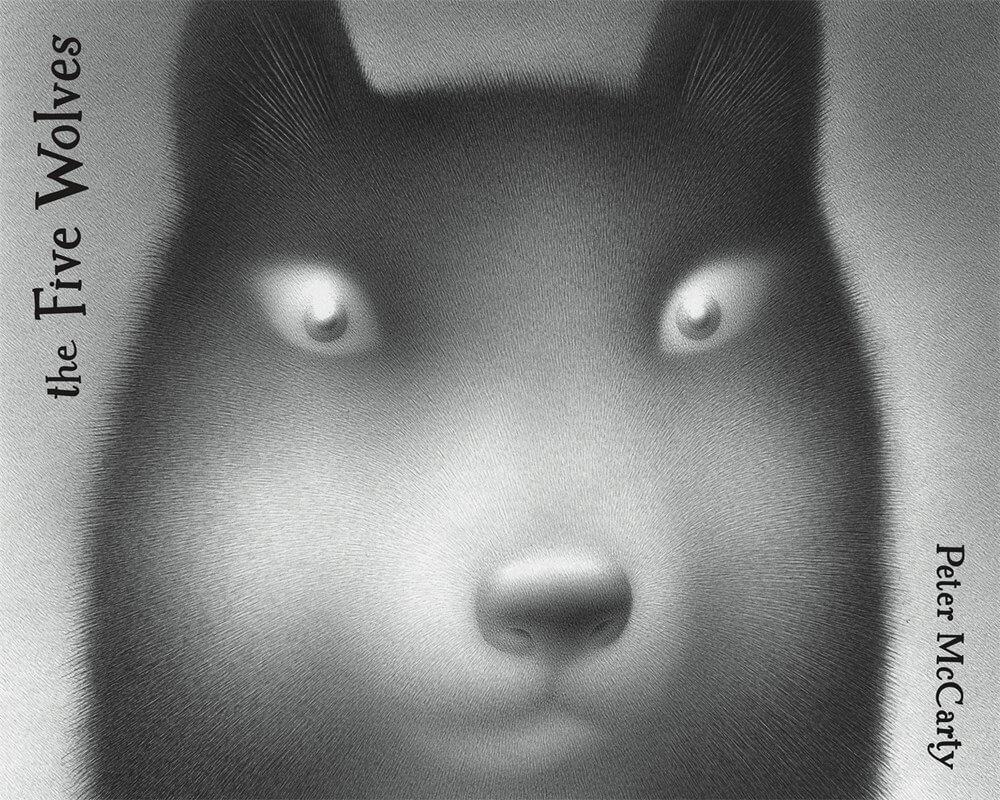This August marks 44 years since MTV first appeared on TV screens. The channel became a hub for youth culture and an essential resource in keeping up to date with trending songs and new releases, changing pop culture forever. On August 1, 1981, the small New Jersey cable channel launched its iconic, ironic first statement by airing “Video Killed the Radio Star” by The Buggles. Many think the debut choice was a prophetic sign of the dominance the channel would have in the music industry, and in how videos would shape musical identities. In its first few months, MTV aired videos by Blondie, Genesis, Michael Jackson, Mötley Crüe, and many other rock bands. In the decades that have followed, some have seen the platform as a visionary force, and some blamed it for the commercial homogenization of pop music. But one thing is for sure, its influence has completely reshaped pop forever.
How MTV Sparked the Music Video Revolution
Before the launch of MTV in 1981, music videos existed, but they weren’t quite what we know today. Music videos were used more as promotional tools, to be used as part of TV shows, intermissions, and movies. They weren’t really forms of entertainment in their own right until MTV gave them the platform to be. The music video revolution wasn’t just enhancing the appeal of pop songs, it was a fundamental shift in how artists built their identities.
The channel kicked off with the hilariously ironic “Video Killed The Radio Star” by The Buggles, a perfect commentary for the times to come. The opening verse of the song features the line “Rewritten by machine on new technology,” an apt observation of how screens were to quickly become the newest preferred medium for listening to music. Radio’s dominance was at risk, perhaps not killing the radio star, but resurrecting them. MTV provided 24/7 access to music videos, albeit interrupted by black screens when VHS tapes were changed in the studio, which was mind-blowing at the time. Labels quickly adapted to allocate larger budgets to music videos, banking on MTV exposure. 1984 saw the MTV Video Music Awards (VMAs) introduced, further cementing the influence of the channel, and in a short amount of time. Music videos had progressed into entire cultural events, far from the cries of radio just a few years before.
MTV’s Controversial Legacy in Pop Music
MTV was promised a bold new era that championed a more rounded approach to creativity in the music industry. But, as with any technological innovation, the years that followed weren’t without controversy. As the influence of MTV grew bigger, it became more mainstream, leading the channel to be prone to criticism for its role in the commodification of music. Alternative artists, who did actually find exposure on the channel, soon became suspicious of MTV’s commercial ethos.
In 1983, David Bowie spoke candidly to Mark Goodman, one of the original VJs for MTV, about the lack of Black artists featured on the channel. Bowie challenged Goodman by saying, “Having watched MTV for the last few months, it’s a solid enterprise, and it’s got a lot going for it. I’m just floored by the fact that there are so few Black artists featured on it. Why is that?” In response, Goodman claims that MTV was “supposed” to appeal to the entire USA, missing the point that the America he spoke about was also made up of people who weren’t all white—a reflection in the channel’s broadcasting. In another failure to accept diversity, Queen’s video for “Body Language” was the first to be banned by MTV in 1982 because of its “homoerotic undertones.” It’s worth noting that the band members were fully clothed, but one hint of non-conservative expressions was immediately shut down.
Nearly a decade later, in 1991, Nirvana released “Smells Like Teen Spirit,” and the video quickly became one of MTV’s most popular and most requested videos. The music video subsequently won two VMAs and circulated MTV heavily throughout the rest of the ‘90s. Interestingly, Kurt Cobain became a notorious critic of the channel, despite having benefited so greatly from it. MTV seemingly attempted to censor Nirvana’s performances, encouraging cleaner songs to be selected for set lists. In true angsty fashion, this irked Cobain and led to a few pushbacks, like the time he announced the Meat Puppets as Nirvana’s special guests.
MTV Transformed From Music Videos to Reality TV
The music video revolution that MTV fueled was seemingly not always about creative innovation. It became apparent that there were formulas for high-performing content, which put the risk of spectacle over substance for the channel. Throughout the ‘90s and ‘00s, MTV’s lineup had shifted from exclusively featuring music videos to subtly introducing reality programming, notably showing reality pioneer, The Osbournes. There’s nothing inherently wrong with reality TV, but its inclusion on the channel suggested MTV had abandoned its roots. Commercially-friendly visuals had officially overshadowed sonic experimentation.
Yet, even with the adaptations MTV has made, the imprint of MTV as a music video haven remains. It really introduced the visual language of music with its quick cuts, condensed storytelling, and cinematic ambition at its forefront. Its ancestry is evident in platforms like YouTube and TikTok, which continue the music video revolution, and show that perhaps it’s only natural for formats to evolve. Forty-four years after the first MTV broadcast, its legacy is complicated, but undeniably powerful. The radio star may not be entirely dead, but the way we consume music has transformed beyond recognition. MTV has completely institutionalized the music video, making visual storytelling a crucial component of pop culture, which is seen heavily in the current use of social media. MTV may have drifted from its musical roots over the years, but its impact on music is as strong as ever.



















